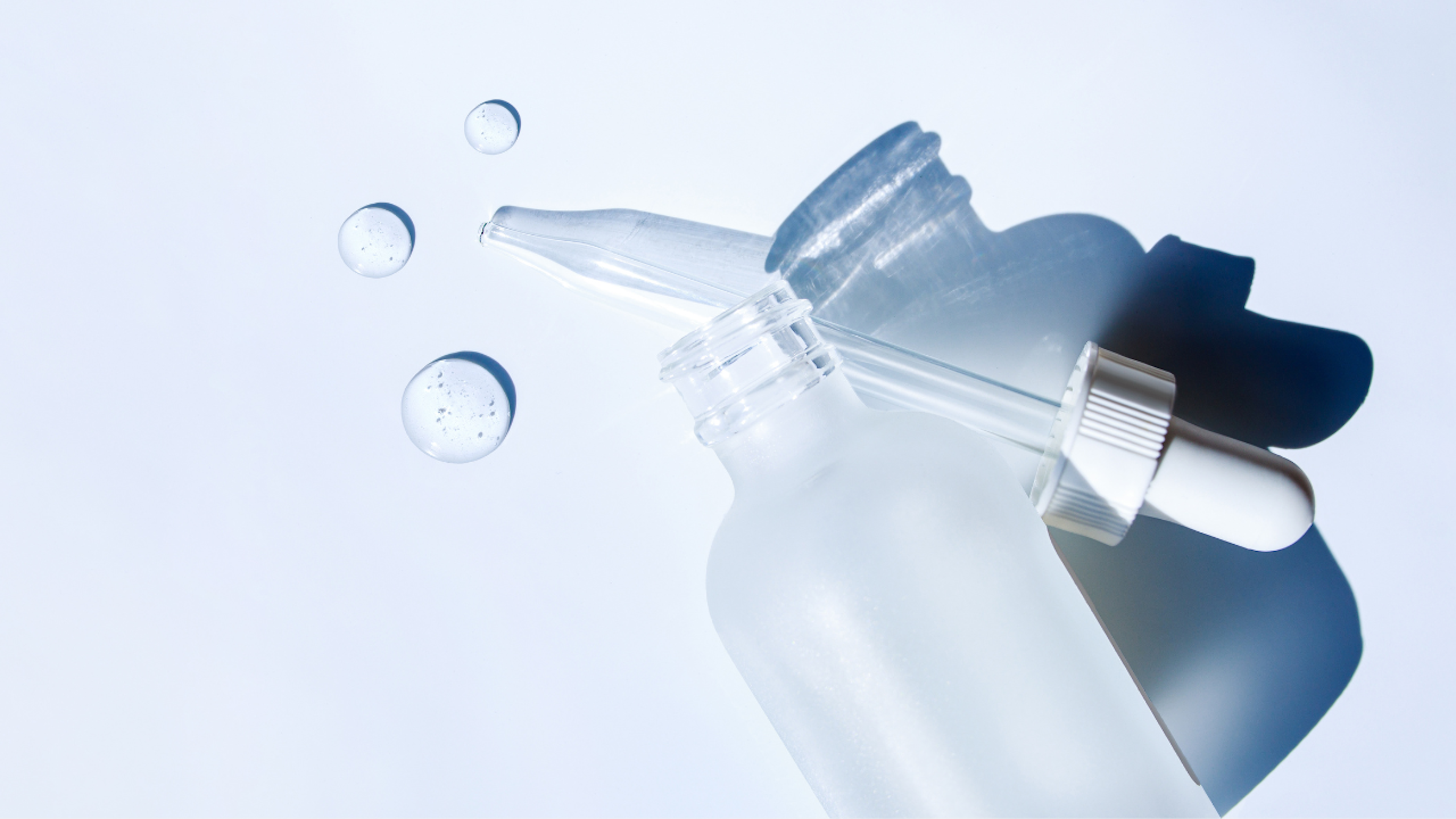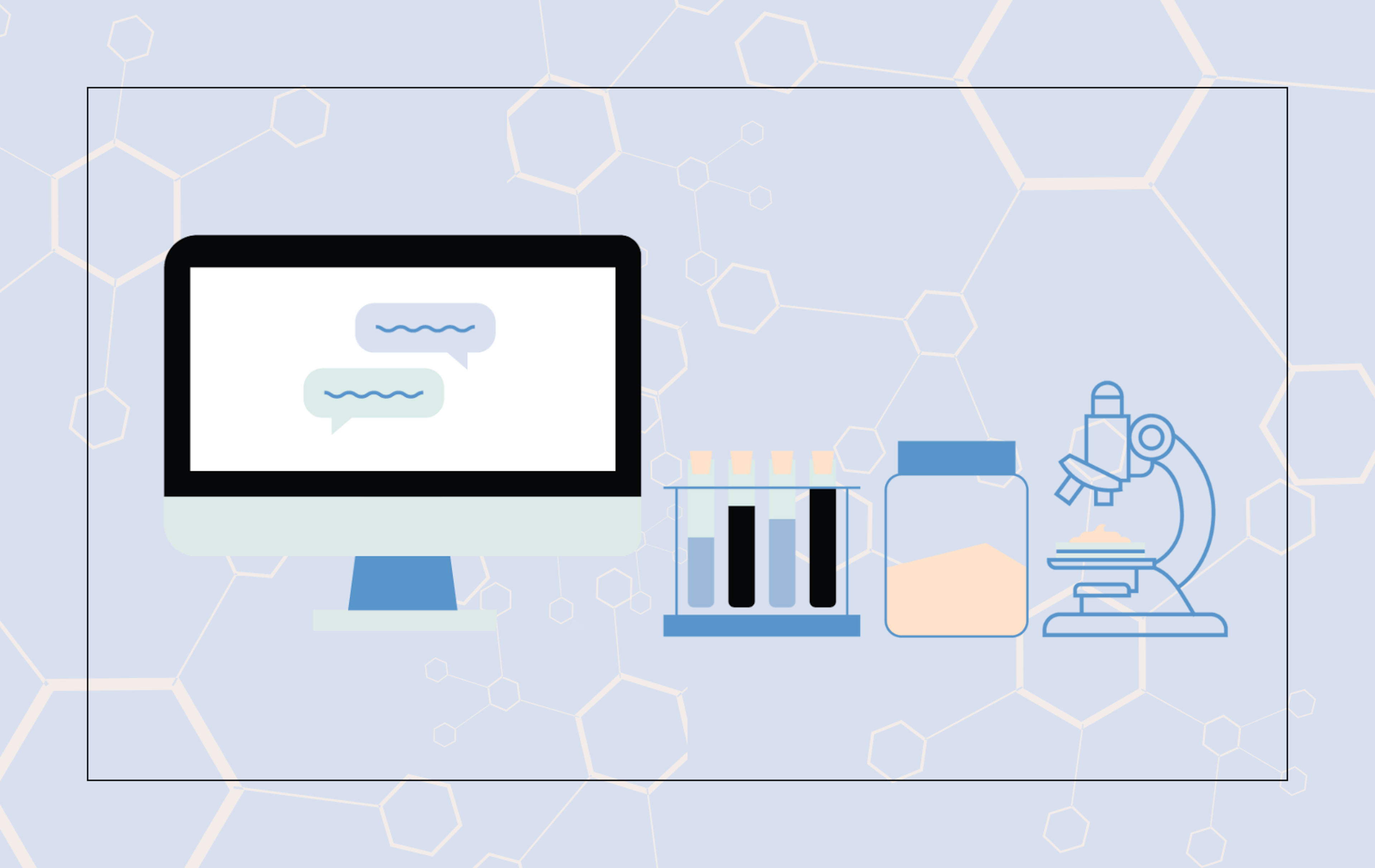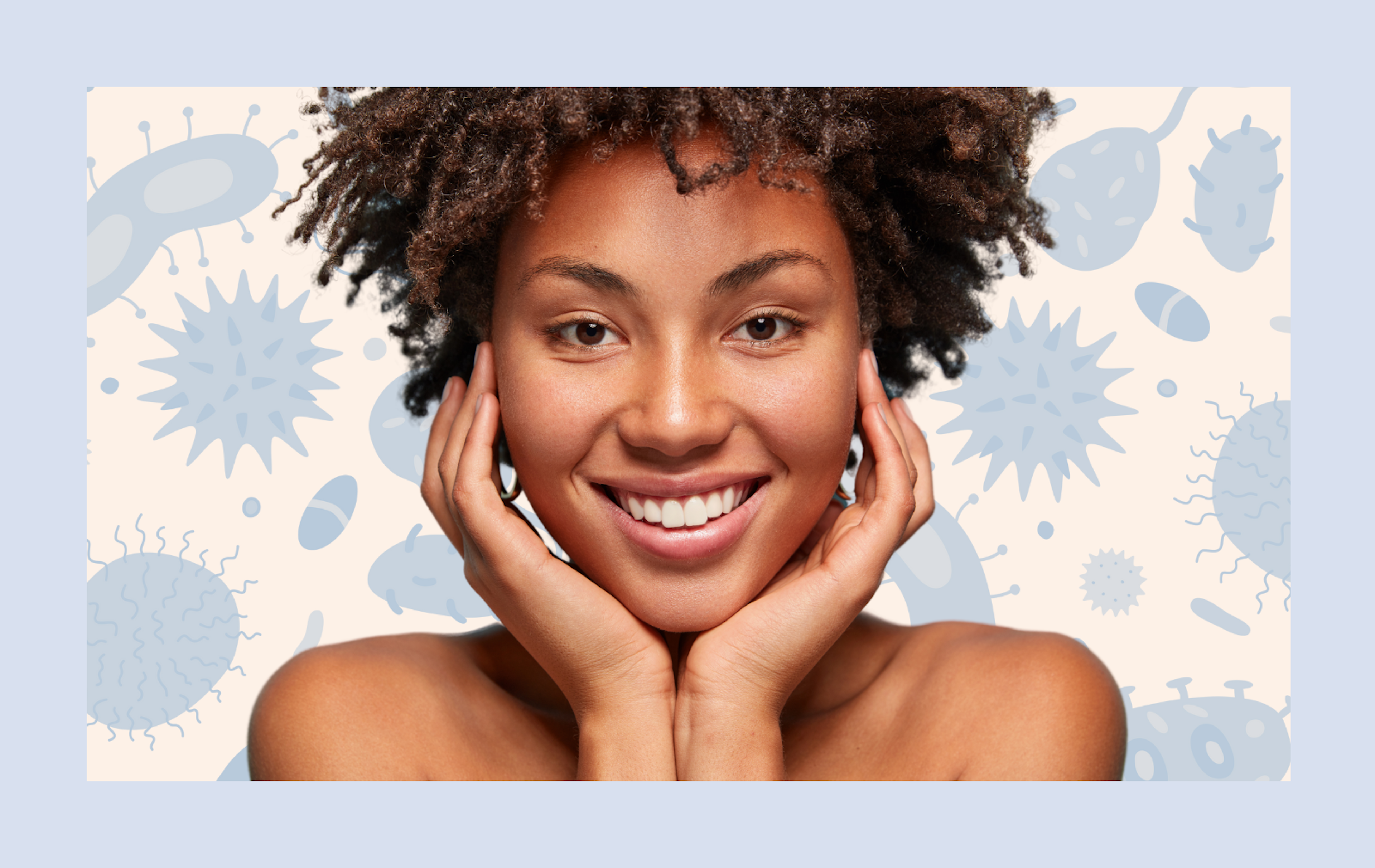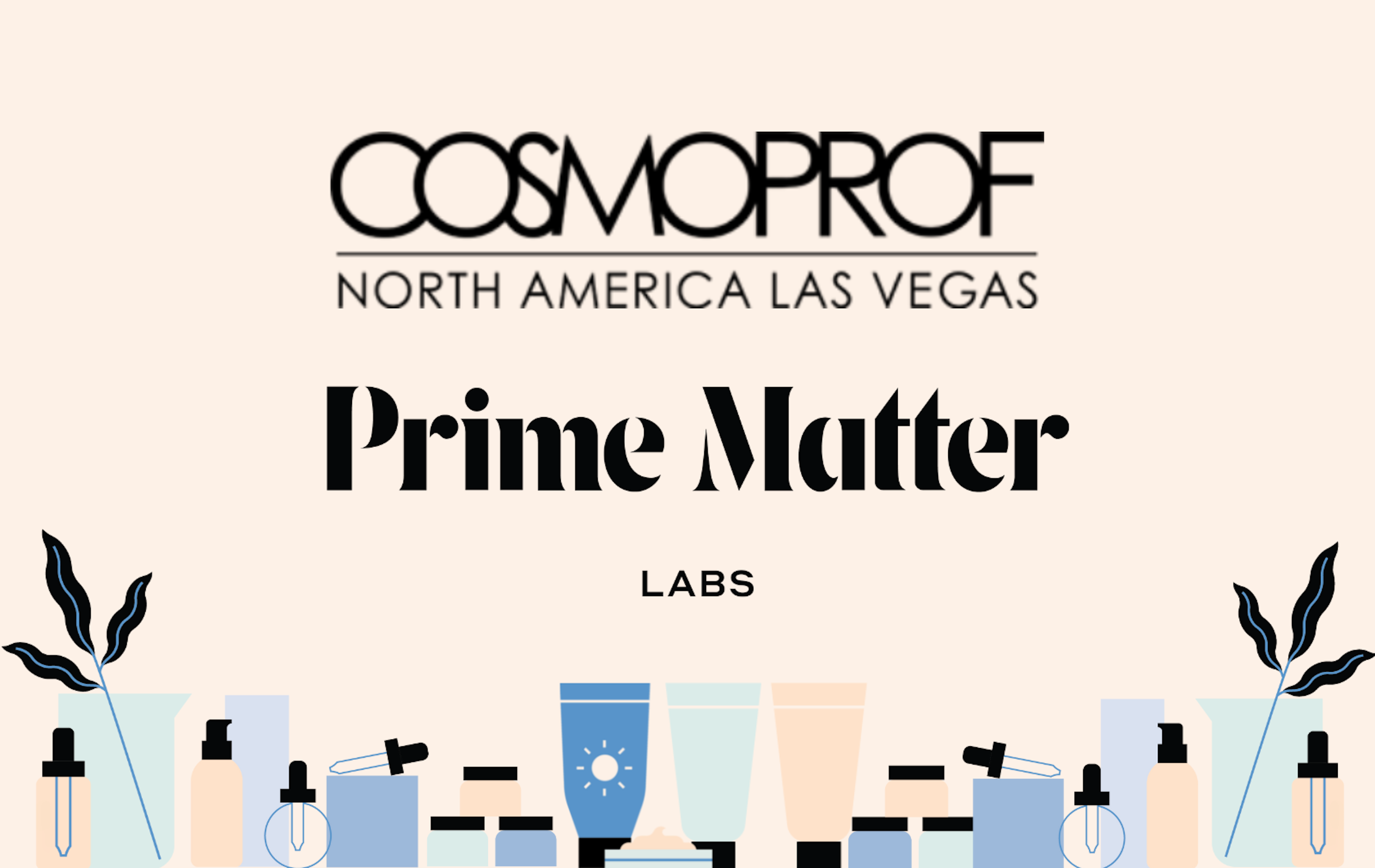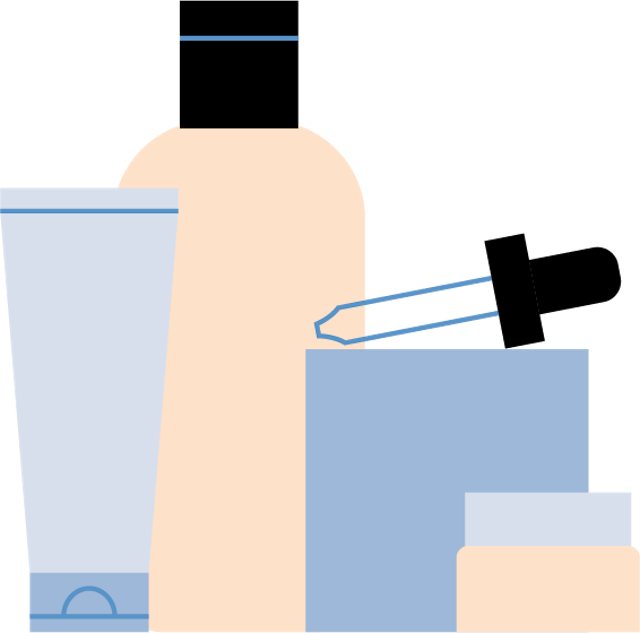
Deodorants and antiperspirants are used for personal hygiene purposes to control body odor and minimize sweating. This category has been reinvented over the past few years to better align with clean beauty demands and consumers’ needs. From multipurpose deodorants to innovative biotech-derived ingredients, we take a look at how the products work and the latest trends in the deodorants and antiperspirant category.
DEODORANTS VS. ANTIPERSPIRANTS
The primary purpose of deodorants is to control body odor. They work by masking or neutralizing the unpleasant odor caused by bacterial breakdown of sweat, and often contain fragrances to provide a pleasant scent.
Antiperspirants, which are classified as drugs because they inhibit the bodily function of sweating, use forms of aluminum salts as its active ingredient. The aluminum forms temporary plugs in the sweat ducts which reduce sweat production by blocking the flow of sweat to the skin's surface.
With the rise of the clean beauty trend and the increased scrutiny of ingredients, there has been a movement of consumers looking to avoid aluminum and opting for natural deodorants that use ingredients like baking soda, plant-based powders or oils, or probiotics as alternatives, which can have varying results.

MECHANISMS OF ACTION
While deodorants and antiperspirants serve similar purposes, they work through different mechanisms with many products taking a multi-tiered approach to combatting both odor and perspiration. Consumers’ preferences vary so it’s important to know your target audience usage habits and needs when deciding on your approach. Here are the three primary ways that deodorants or antiperspirants work:
- Masking and Fragrance: These products primarily work by masking or neutralizing unpleasant body odors. They often contain fragrances that help to cover up or minimize the odor caused by bacterial breakdown of sweat.
- Antimicrobial Action: Body odor is primarily caused by the interaction between sweat produced by the sweat glands and bacteria present on the skin's surface. Some products may contain ingredients that inhibit the growth of odor causing bacteria. There are also natural deodorants that work by regulating the pH level of the underarm area. Odor-causing bacteria thrive in an alkaline environment, so by maintaining a slightly acidic pH, natural deodorants can create an unfavorable environment for bacterial growth and minimize body odor.
- Sweat Reduction: Antiperspirants reduce or block sweat production with active ingredients, typically aluminum salts. These ingredients form temporary plugs in the sweat ducts, reducing the amount of sweat reaching the skin's surface, helping to minimize moisture and provide a drier feel. Some natural deodorants will include absorbent ingredients, such as arrowroot powder, baking soda (sodium bicarbonate), or cornstarch. These ingredients help absorb excess moisture from sweat, reducing the environment where bacteria can thrive and minimizing wetness.

TRENDS & INNOVATIONS
Variety in Formats
While the stick and roll-on formats remain supreme for their ease of application, there has been an increasing range of format options for consumers. The most popular alternative is the spray or aerosol format but we’re also seeing brands experiment with topical application through gels, serums, creams or even powders. The flexibility in formats also reflects the trend of consumers looking for deodorization benefits beyond the armpit to control all types of external body odor like odor from feet, skin folds, etc.
Multipurpose Functionality
Like every other category in beauty, some deodorants are going beyond odor-control to deliver multifunctional benefits. A popular ingredient included in some current products are AHA’s (alpha hydroxy acids) that work to combat underarm discoloration and help to exfoliate skin. Some deodorants also include moisturizing ingredients like shea butter or coconut oil and antioxidants like Vitamin C for a range of skin care benefits.
Another popular benefit featured on some deodorants is soothing ingredients like calendula extract and allantoin that help to calm skin that may be irritated from shaving. Ingredients that provide a cooling effect like peppermint or eucalyptus can also be found in deodorants because they provide a refreshing feeling, especially for active consumers.
Microbiome-friendly Products
Some deodorant brands are now focusing on microbiome-friendly formulations that aim to maintain a healthy balance of skin bacteria while still providing effective odor control. Prebiotics are ingredients that can be used in deodorants for their potential to support a healthy underarm microbiome. Prebiotics in deodorants are designed to nourish the beneficial bacteria on the skin's surface by providing a food source for these bacteria, helping them thrive and dominate over the potentially odor-causing bacteria. This helps maintain a balanced microbiome and can contribute to better underarm odor control.
Probiotics can also help to promote a healthy underarm microbiome and control body odor. Specific strains of probiotic bacteria, such as lactobacillus or bifidobacterium, are preferable, but must be stabilized to ensure their viability and effectiveness in the product. When applied to the underarm area, they work by competing with and displacing odor-causing bacteria, helping to create an environment that is less conducive to the growth of these bacteria, thereby reducing body odor.
Additionally, deodorants have been developed to help to address and balance the pH of the underarm. Deodorants with pH-balancing properties work to restore or maintain the skin's natural acidity, and ingredients such as citric acid or lactic acid have acidic properties that can assist in maintaining the desired pH level and controlling odor.
Biotechnology Enhanced
Biotechnology has enabled the discovery and development of a range of new ingredients that can help to create more impactful deodorants and replace some of the ingredients that may not be as effective or are deemed undesirable for some consumers. In 2020, Vytrus Biotech developed DEOBIOME, a prebiotic ingredient that modulates the skin microbiome. Made from morinda citrifolia plant stem cells, it can help reduce body odor while respecting both the skin microbiota and the armpit physiology at the same time. More recently, Arcea developed its ScentARC technology which is a new biotech derived ingredient that consists of a precise nutrient blend that targets underarm microbes. We’ve only just begun to explore the opportunities in biotech for discovering new and impactful ingredients to help improve product efficacy.
Sustainable Packaging
With growing environmental concerns, there has been a shift towards more sustainable packaging across beauty. Brands are exploring eco-friendly materials like recyclable or biodegradable packaging, refillable containers, or using minimal packaging to reduce waste and environmental impact.
At Prime Matter Labs, we’ve been working on developing products that deliver impactful results and reflect the trends in the category. Reach out to your Prime Matter Labs project manager for more info on our innovation products or start your project here.


